“If you build it, they will come…”
This classic line from Field of Dreams might stir nostalgia, but it's a terrible business strategy, especially in the SaaS world. Even the most groundbreaking product won't achieve widespread adoption without a well-orchestrated demand generation (demand gen) plan.
But let's set the record straight: I'm not talking about your standard beginner's guide to demand gen. I founded and run a SaaS marketing agency – we see the same advice hashed and rehashed across the internet. This post is for seasoned marketers like us, looking for ways to supercharge product adoption by going beyond the basics.
Today, we'll discuss the tactical nuances, intricate strategies, and real-world examples to propel your demand generation engine into high gear!
The Interconnectedness of Demand Generation and Product Adoption
Before we dive into tactics, let's address the elephant in the room: the symbiotic relationship between demand generation and product adoption. Think of these concepts as two gears within a machine. Demand gen fuels the fire of initial awareness and interest, driving users into your product's orbit. But it's product adoption that determines whether those users become loyal customers and ultimately advocates.
If your product experience falls short (even with stellar demand gen), churn will rear its ugly head. Conversely, phenomenal product adoption can act as a demand-gen multiplier – happy customers become powerful word-of-mouth marketers.
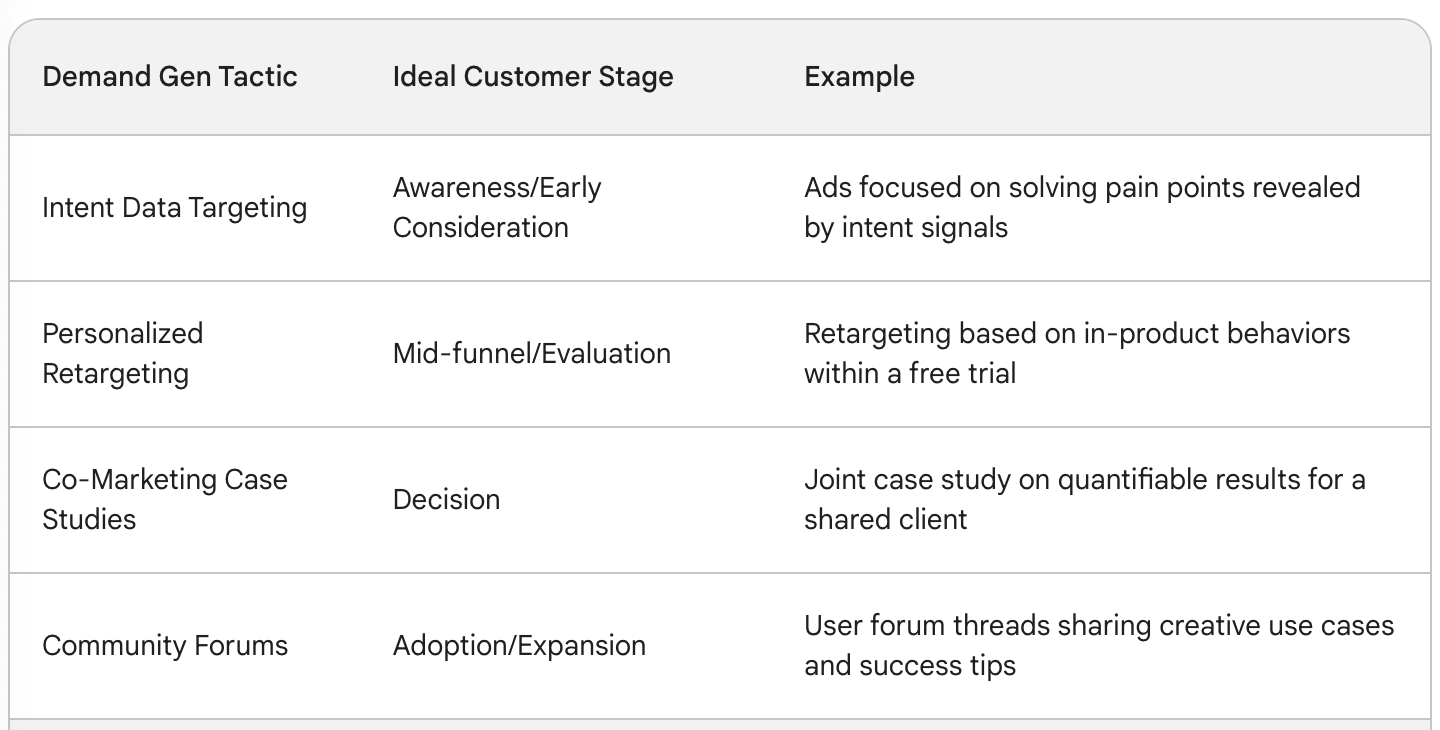
Tactical Nuances for Experienced Marketers
Now, let's get into the good stuff. Here are some advanced demand gen techniques to ignite your product adoption rates:

1. Target the “Almost-Convinced” with Intent Data
The vast majority of decision-makers in your target market aren't actively seeking solutions… yet. This is where intent data becomes your secret weapon. By monitoring online behaviors like website visits, content downloads, and social media engagement, you can identify prospects who are almost ready to buy.
Real-World Example: Let's say you offer a marketing automation platform. Tracking intent data reveals leads who frequently visit competitor comparison sites, download industry reports on automation trends, and engage with your competitors on LinkedIn. This level of insight allows for highly personalized outreach focused on differentiating your solution and easing them further down the funnel.
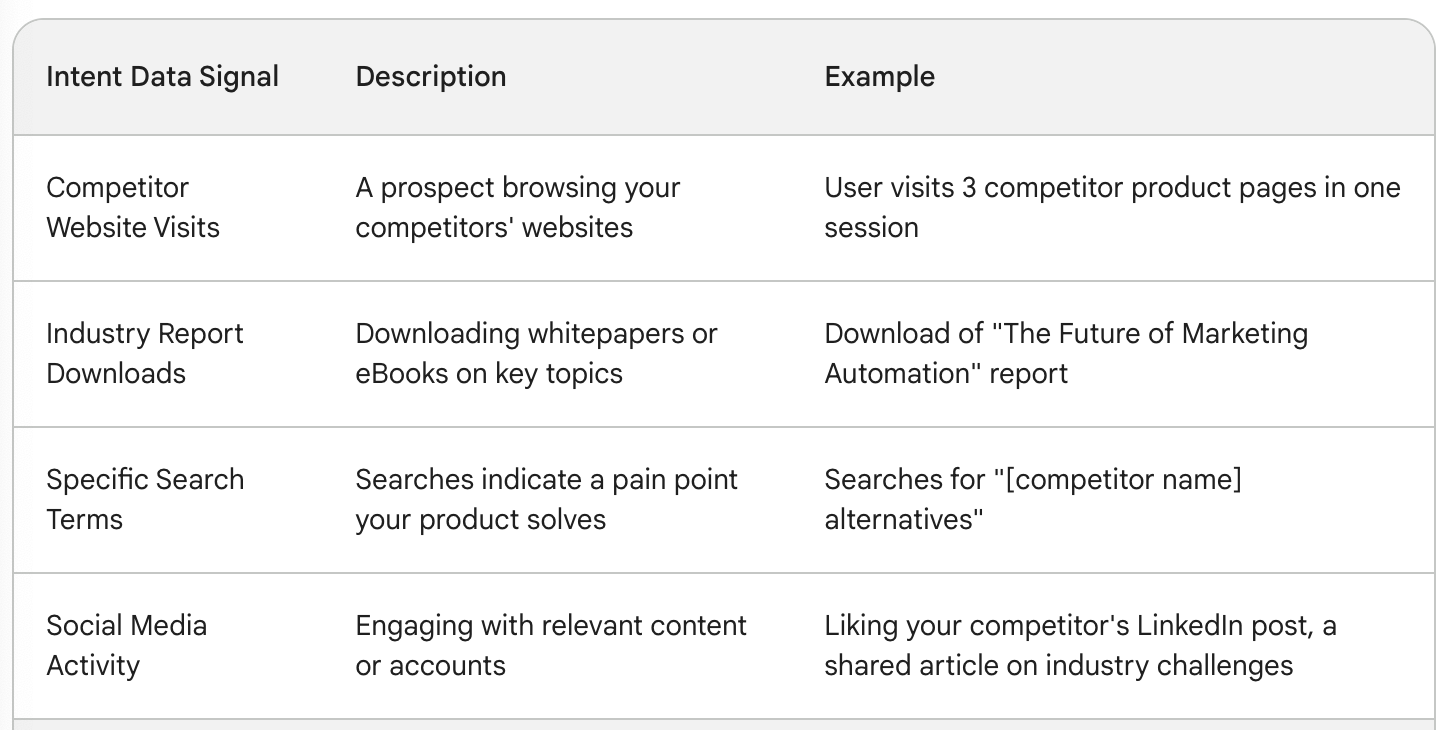
2. Laser-Focused Retargeting (The Right Way)
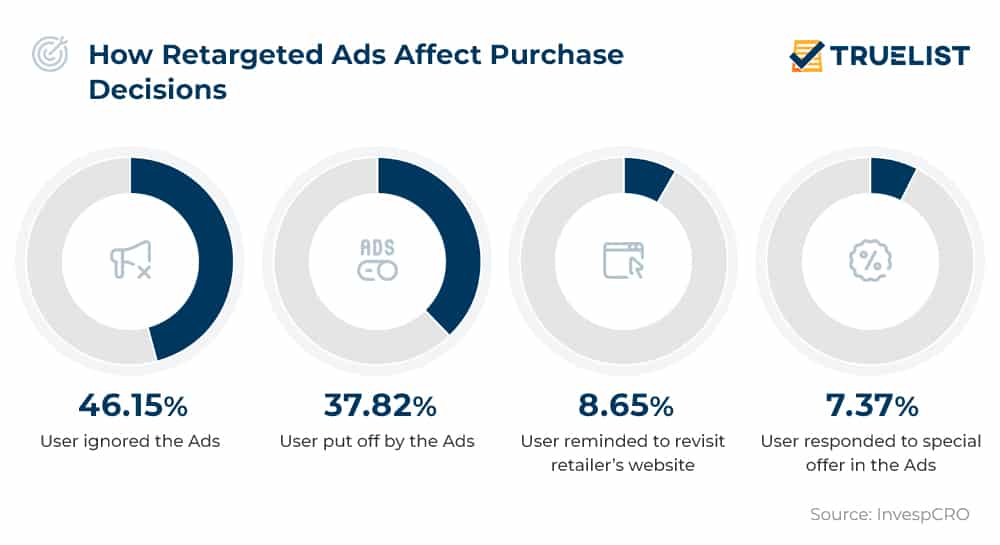
Retargeting is a staple of demand gen, but it’s often done haphazardly. Go beyond the generic “Hey, you looked at our product” ads. Instead, segment your retargeting based on prospects' funnel position and behaviors within your product trial.
Real-World Example: Your project management software has a robust freemium tier. Instead of bombarding everyone who abandons the trial with the same messaging, use retargeting to address their specific pain points. Did they get stuck during team onboarding? Offer a “Quick Team Setup” webinar. Did they fail to integrate with key tools? Highlight those integrations in your ads.

3. The Co-Marketing Powerhouse
Strategic partnerships with other companies in your ecosystem offer a potent channel for reaching new audiences. But go beyond standard co-branded webinars and think about truly integrated campaigns that showcase your product's value in action.
Real-World Example: Your HR software has a powerful recruiting analytics component. Rather than just a joint webinar with a recruiting agency, build a comprehensive case study showcasing how your partnership helped a client achieve demonstrable hiring improvements. Promote this cross-functionally, amplifying the reach far beyond standard content.

4. Community-Driven Demand (It's Not Just for Consumer Products)
Even in the B2B SaaS space, nurturing a vibrant community can be a powerful demand generation engine. It demonstrates thought leadership, builds trust, and provides a platform for peer-to-peer recommendations that hold far more weight than your sales pitch ever will.
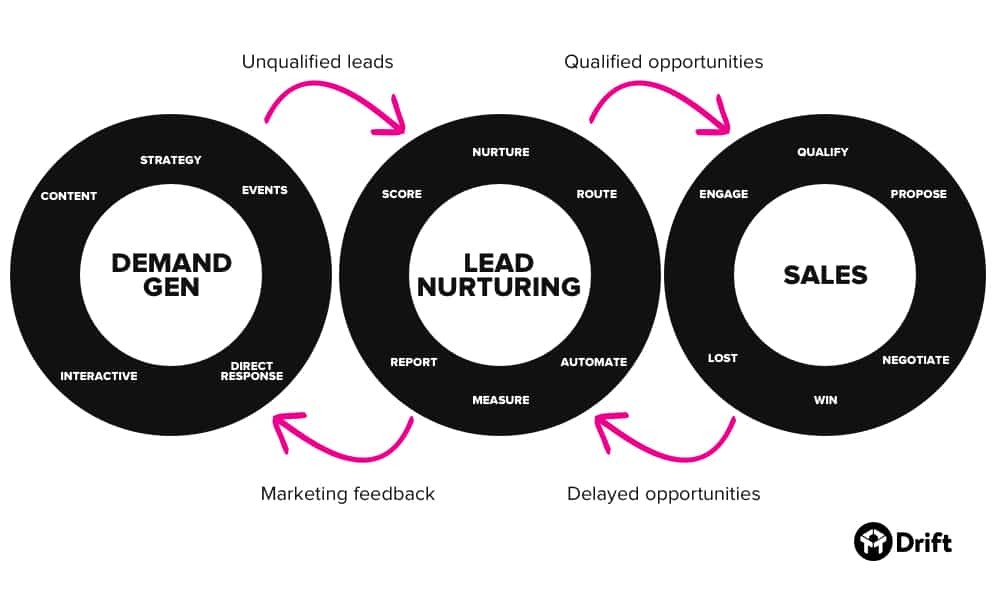
5. Hidden Potential of Product-Led Demand Gen
Product-led growth (PLG) strategies are increasingly prevalent in the SaaS world. But even if you're not fully adopting a PLG model, there's demand gen gold within your product. Focus on:
Frictionless In-Product Guidance
Interactive walkthroughs, contextual tooltips, and personalized onboarding flows ease the user journey and promote the discovery of those “aha” moments that drive adoption.
Gamification
Badges, leaderboards, and progress-based rewards can inject a sense of accomplishment that drives product stickiness. Look at Duolingo's language learning model for inspiration.
Power-User Spotlights
Showcase how your most successful customers are leveraging your product's full potential. This provides social proof and inspires others to replicate those results.
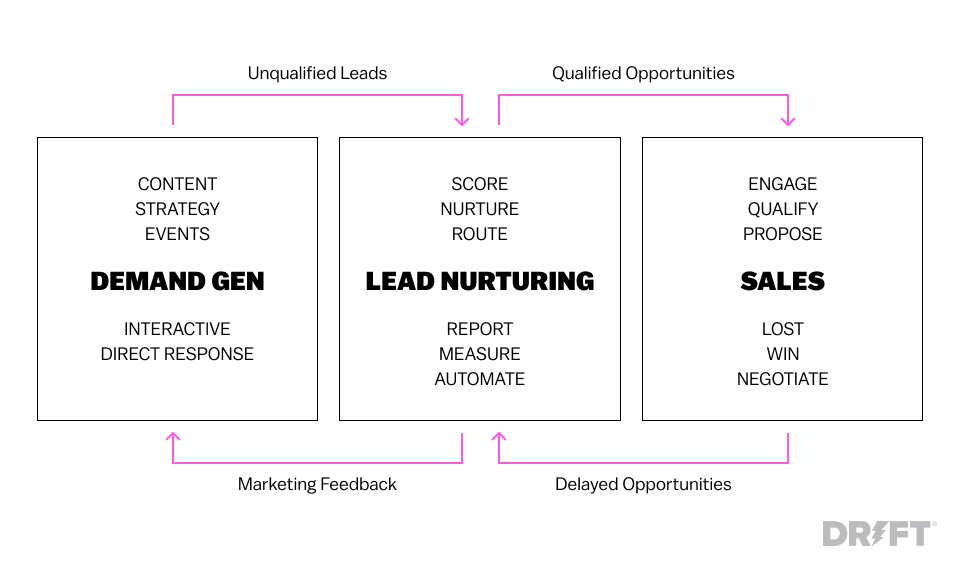
6. The Content Marketing Pivot for Adoption
Content marketing is a cornerstone of most demand gen strategies. However, the focus tends to be top-of-funnel. Shift your content lens to empower successful adoption:
Outcome-Focused Case Studies
Go beyond surface-level vanity metrics in your case studies. Dig deep into how customers truly transformed workflows or achieved tangible business results using your product.
“How-To” Hub for Deep Functionality
Don't just rely on basic documentation. Invest in video tutorials, quick-start guides, advanced use-case breakdowns – this is especially potent for products with complex functionality.
Customer Q&A Forums
Facilitate open discussions where users troubleshoot, get expert advice, and discover new ways to use your product.
Demand Generation and Product Teams: A Symbiotic Partnership
The best demand gen strategies won't succeed if marketing and product teams operate in silos. Here's how to break down those barriers:
Shared KPIs
Move away from vanity metrics. Align both teams around metrics like feature adoption rates, active user engagement, and time-to-value, ensuring that everyone is focused on driving actual product usage.
Customer Feedback Loops
Demand gen teams have a front-row seat to customer pain points, feature requests, and the competitive landscape. Establish formal channels to share this invaluable information with the product team, directly influencing roadmap decisions.
Joint User Onboarding
Involve product team members in onboarding webinars, live training sessions, and customer success calls. This leads to a deeper understanding of how users interact with the product and common roadblocks they face.
Continuous Measurement and Refinement
Demand generation is iterative– there's no such thing as a “set it and forget it” campaign. Closely monitor these key metrics:
Feature Adoption
Track which features are heavily utilized and which are underused. This reveals both your product's strengths and areas to address through in-app guidance or marketing efforts.
Time to Value (TTV)
How quickly are new users experiencing those pivotal “aha” moments that lead to retention? Optimize your onboarding and demand gen messages to accelerate TTV.
Churn and Expansion Opportunities
Pinpoint features or usage patterns that correlate with customers who churn or upgrade. This helps you tailor your demand gen messaging accordingly.
Building a phenomenal product is only half the battle. The demand generation strategies we outline here are designed to bridge the gap between initial interest and deep, long-lasting product adoption. Remember, by continually refining your approach and setting up a collaborative environment between marketing and product, you can create a sustainable engine for growth driven by happy, successful users.
FAQ
1. My demand generation campaigns seem successful – we get lots of leads. Why isn't adoption following suit?
There might be a disconnect between the messaging you use to attract leads and the actual value your product delivers. Ensure your demand gen channels highlight the pain points your product solves most effectively, and that the promises made during acquisition align seamlessly with the onboarding and user experience.
2. We don't have a huge marketing budget. Can we still implement the tactics in this blog?
Absolutely! Many of the discussed strategies focus on refinement rather than massive spend. Intent data tools might have costs involved, but tactics like laser-focused retargeting, community building, and optimizing your content for adoption can be executed with minimal investment – prioritizing your time and resources strategically.
3. What's the number one mistake marketers make when focusing on product adoption?
Siloing their efforts from the product team. Demand gen can't fix a subpar product experience. Open communication channels, shared metrics, and collaborative initiatives between marketing and product development teams are essential to create lasting demand and adoption.
4. My product is quite complex. How do we use content marketing to drive adoption?
Shift from solely top-of-funnel content to an in-depth "How-To" knowledge base. Break down complex features into step-by-step guides, video tutorials, and use-case spotlights. Make this content easily discoverable both in your product's UI and via search engines.
5. How quickly should we expect to see results from focusing demand gen on adoption?
This depends on your sales cycles and product complexity. Don't be discouraged if it takes time. Tracking metrics like feature adoption rates and time-to-value will give you early indicators on whether your strategies are working, even before revenue numbers fully reflect the shift.
6. What is the role of customer success in the demand generation & adoption cycle?
Customer success has a treasure trove of insights into why users succeed (or fail) with your product. Formalize feedback channels so that customer success can share common adoption bottlenecks, areas where users get stuck, and feature requests – this intel is invaluable when refining your demand generation messaging.
7. We're primarily focused on enterprise sales. Are these strategies still relevant?
Definitely! Enterprise deals often have a much longer sales cycle. Nurturing those prospects with outcome-focused case studies, personalized retargeting based on their pain points, and community-driven content builds trust and demonstrates the long-term value of your product, increasing likelihood of adoption when the deal eventually closes.
8. What is a good starting point for a product-led demand gen approach?
Critically analyze your in-product onboarding flow. Are there key "aha!" moments a new user needs to experience to get hooked? Design interactive walkthroughs, tooltips, and contextual guidance to smooth their journey towards discovering those value-driven features.
9. We're about to launch a new major feature. How can we use demand gen to boost its adoption?
Create a pre-launch campaign using intent data to target users most likely to benefit from the new feature. Offer exclusive webinars, personalized onboarding for those early adopters, and co-marketing with partners to showcase integration use cases, driving excitement and rapid adoption.
10. We already have a community – how can we better leverage it for demand?
Encourage your power users to share success stories, offer testimonials, and lead discussions in your community. This user-generated content is social proof that drives new prospects down the funnel and sets them up for adoption success as they see how others are using your product effectively.






